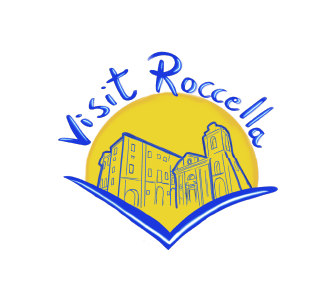translated with AI
The remains of the Guarneri family’s oil mill are preserved in a spacious room along a alley along Via Garibaldi in Roccella Jonica.
Let’s clarify that the oil mill, called “troppito,” is the place where olives destined for oil processing were brought.
The uniqueness of this imposing structure lies in the preservation of all the necessary equipment, left as it was last used in 1953, when all phases of olive processing were carried out manually and powered by animal traction.
This family did not deem it necessary to modernize the mill with the arrival of electricity and the consequent use of motors, which completely changed all stages of work. The singularity of this ancient construction is due to the testimony that all the pieces for crushing, subsequent pressing and extraction of the liquid part of the olives, and finally, the separation of the oil from the vegetation water of the drupes, are still well preserved, and they are a living testimony of a peasant civilization that no longer exists.
This structure represented and represents a rich source of research and study of one of the artisanal activities that employed the population of Roccella in the past. This study opportunity could not escape the Cultural Association “Roccella com’era,” which immediately took action to make it accessible and enhance its historical and cultural value.
After a tacit agreement with the family that owns the structure, members of the aforementioned association worked to secure it and promoted an initial nucleus of the Museum of Peasant Civilization. Although the limited capacity of the premises did not allow for a large display of tools and utensils from the peasant and artisanal world, it was visited by students, tourists, curious people, and hosted various television recordings aimed at promoting and disseminating the history and popular culture of Roccella.
Next to the “troppito” are the remains of a stable, shelter for the animals used in the “crushing” of the olives by means of millstones. Here is a quick and superficial information about the workpieces still standing and in good condition that witnessed the toil, sweat, sacrifices of men and animals. Out of respect for the lexical culture, we want to define each work tool in its dialectal form as used by the mill workers.
‘A Squeja, or “tank where olives were crushed,” circular in shape, about three meters in diameter, made of masonry at a height from the ground of 65 cm. In the center, the two millstones are hoisted and fixed to a vertical beam rotating appropriately. The two stone wheels have different thicknesses and are placed at different distances from the rotating beam. This arrangement allowed the olives to be crushed over the entire surface where they were placed inside the tank.The central beam has the provision to insert a wooden yoke, where an ox, donkey, or mule was harnessed to set the millstones in motion for crushing the olives.
‘U Conzu, the machine for pressing the crushed olives that allowed the extraction of its liquid part.
Two mammoth blocks, one of stone and the other of oak wood, both connected and held by two huge oak columns, properly arranged. The liquid that leaked from the press was collected in an underlying container of excavated stone, which was left the necessary time to allow the natural floating of the oil on the vegetation water.
This oil was superficially collected and placed in special containers.
The rules dictating the distribution of the oil produced among the owners of the olives, the owner of the mill, the owner of the animal used, and among the various workers of the mill (“i troppitari”) were ancient.
